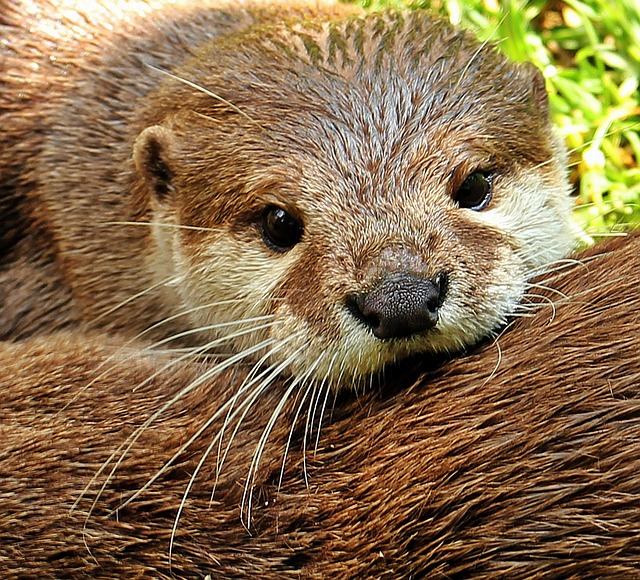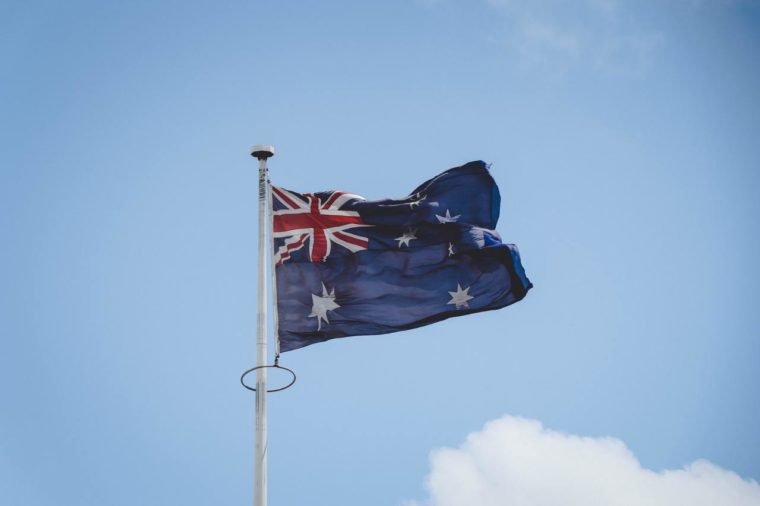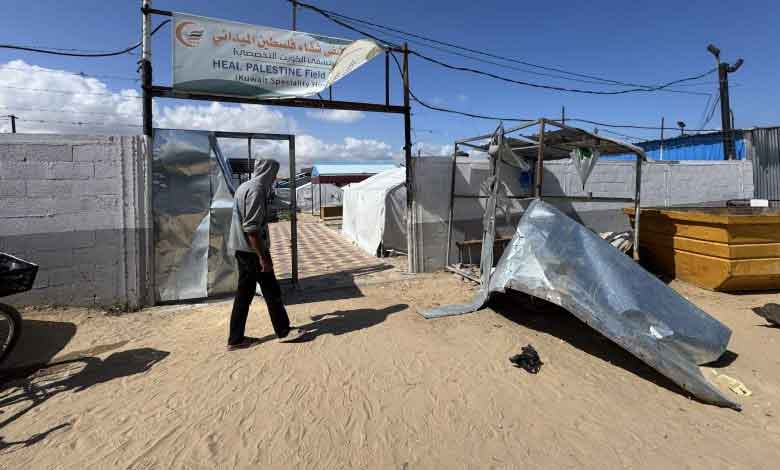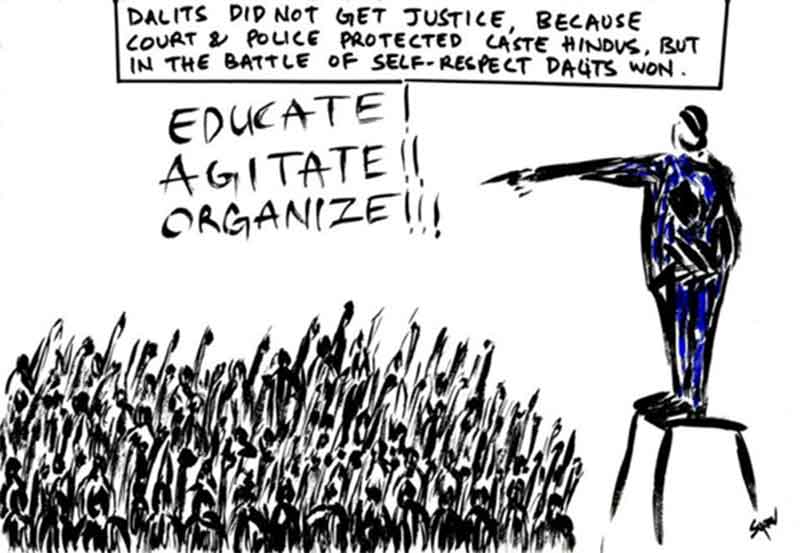
The cute little Panda from China, the cuddly Koala bear from Australia and now the Otter cub have become the fascinating new pet, which pet lovers especially in South East Asia, have begun to crave for. Sadly it is their cute looks as pups which draw the avid pet lover to acquire them. Today with vast online possibilities which are hard to detect,the online pet trade has emerged as a pressing threat to otters in Southeast Asia with a new TRAFFIC-IUCN Otter Specialist Group (OSG) study revealing hundreds of the animals for sale on Facebook and other websites over a four-month period.
The Illegal Otter Trade in Southeast Asia, released today, revealed a high demand for juvenile live otters in the region, with over 70% of the animals offered for sale online under a year old.
A monitoring effort of only one-hour per week in Indonesia, Malaysia, Philippines and Thailand turned up a minimum of 560 advertisements in which traders offered a minimum of 734 and a maximum of 1189 otters for sale between January and April 2017. Indonesia accounted for most of these—an average of 711 of all otters observed for sale—followed by Thailand with 204.
The two countries stood out again when researchers analysed the total of 13 otter seizure records in the region between August 2015 and December 2017, involving the confiscation of 59 live otters. Coupled with the online trade figures, they found Indonesia and Thailand to be the most active source and demand countries for otters in the region.
While much of the trade in Indonesia and Thailand was apparently to meet local demand, both countries were implicated in the trafficking of otters to Japan. Seizure records showed Japan as the destination for 32 live Small-clawed Otters smuggled from Thailand. This species of otter is listed as Vulnerable to extinction on The IUCN Red List of Threatened SpeciesTM , and its population is declining.
“The fact that so many otters can be so easily acquired and offered for sale to thousands at the click of a button and subjected to little or no regulation, is a serious problem,” said Kanitha Krishnasamy Acting Regional Director for TRAFFIC in Southeast Asia.
“The online commerce of very young otter cubs for the pet trade adds a new dimension of concern. The appeal of these cute animals is undeniable, but otter cubs are difficult to hand rear and susceptible to the same diseases as cats and dogs. We hope that this report will alert the authorities and help curtail this regrettable new development,” said Nicole Duplaix, Chair of the IUCN-SSC Otter Specialist Group.
Problems with legislation in many of the countries studied was identified as a major contributor to the uncontrolled exploitation of otters for trade.
Southeast Asia is home to four species of otters—Eurasian Otter (Lutra lutra), Hairy-nosed Otter (Lutra sumatrana), Small-clawed Otter (Aonyx cinereus) and Smooth-coated Otter (Lutrogale perspicillata_. They are listed on The IUCN Red List as Near Threatened, Endangered, Vulnerable and Vulnerable, respectively, and all but the Eurasian Otter are considered threatened with extinction. All four species have a declining population trend, yet not all are protected by national laws and even where they are, it is often without adequate regulation, say the researcher group.
“Weak national laws hinder enforcement action and widespread trade in otters online throws the survival of remaining wild populations in Southeast Asia into question,” said Krishnasamy.
Reading up on the net, one finds that this charismatic mammal,is equally at home in the water and on land, is the smallest of the world’s otters. As well as its size, the Asian short-clawed otter can be distinguished from other otters by its small claws, after which it is named. These tiny claws, which do not protrude beyond the ends of the fingers, enhance the manual dexterity of this otter as it handles prey. The Asian short-clawed otter typically has brown fur with a paler underside. The edges of the upper lip, chin, throat, sides of neck and face are generally greyish-white. Like other otters, the Asian short-clawed otter has a small head, short legs and flattened tail, creating a streamlined silhouette that can glide through through the water.
The website Arkive.org explains that the Small-clawed Otter is especially vulnerable as it was the species most frequently encountered during the study. At least 700 individual animals were observed for sale during the online survey period.The Asian short-clawed otter is a sociable animal, living in loose family groups of up to 12 individuals. Within each group is an adult monogamous pair, with both parents contributing to the raising of their offspring. The female gives birth to up to two litters each year, each containing up to seven young but often just containing one or two. The young are born after a gestation period of 60 to 64 days, into a nest of grass that the female has built two weeks prior. The young otters do not open their eyes until 40 days old. At seven to nine weeks of age they take their first swim and, shortly after, they eat solid food.
The diet of the Asian short-clawed otter consists primarily of crabs, other crustaceans, molluscs and fish , although frogs, small mammals, snakes and insects are also eaten. With their sensitive and dexterous front paws, they dig around in the mud or under stones to find their prey . With their large back teeth, the Asian short-clawed otter can crush the shells of crabs and molluscs. In the rice fields, the Asian short-clawed otter serve a valuable function to farmers as they prey on the crabs found in the paddies. When not searching for food, this playful otter may be found along the grassy or sandy banks of rivers, resting or grooming. It interacts with other members of the family group using a vocabulary of at least 12 calls, including greeting, mating and alarm calls. In Malaysia at night, their chirps are often heard as they move through rice fields.
“The take home message here is while young otters may look cute and cuddly, they do not make suitable as pets – although that won’t stop unscrupulous traders from trying to make a quick buck, masking their activities under the cloak of online anonymity. Would be consumers should stop and think about the true impact buying an otter cub would have.
There are parallels here with the trade in lorises, where demand was largely fuelled by “cute” videos of the animals posted online.”This new craze for keeping otters needs to be nipped in the bud before irreparable damage is done to otter populations and their valuable contribution to Asia’s freshwater ecosytems,” says Dr Richard Thomas the Global Communications Co-ordinator of TRAFFIC,
The report urges Southeast Asian governments to fully protect all otter species from exploitation, punish online wildlife crime and work with conservation groups to pursue avenues to educate consumers and reduce the demand for otters as pets.The study also recommends authorities investigate reports that otters are being captive bred for commercial trade, to determine if this is indeed permitted and is regulated. The authors said this would help address the large unknown as to what proportion of otters are being sourced from the wild.
To the question of letting a pet loose once owners get fed up of them, TRAFFIC Programme Officer, Ms. Lalita Gomez says,. “ We’re really not sure about pet otters being let loose, but in Thailand, the Wildlife Friends Foundation, a non-governmental organisation that rescues captive animals, has steadily been receiving calls from owners seeking healthcare for their pet otters or refuge for unwanted pets, reportedly purchased from captive-breeders or off social media sites.
Keeping an otter as a pet is illegal in many parts of the world. Also, taking care of them properly in a domestic setting is daunting. It lives near water bodies, has a specific diet and can bite. Unfortunately few people consider the cost, dangers and difficulties of the task before taking on a wild animal as pet.” she warns.
This research was undertaken after a previous TRAFFIC-IUCN OSG study highlighted the paucity of information available on otter trade in Southeast Asia. As part of the study, country information cards were also produced to provide quick and easy reference on otters for frontline enforcement officers and the conservation community.
TRAFFIC, is the wildlife trade monitoring network, works to ensure that trade in wild plants and animals is not a threat to the conservation of nature. TRAFFIC is a strategic alliance of IUCN and WWF.
While the IUCN is a membership Union, composed of both government and civil society organisations. It harnesses the experience, resources and reach of its more than 1,300 Member organisations and the input of more than 10,000 experts. This year, IUCN celebrates its 70th anniversary. Since its establishment in 1948 in the French town of Fontainebleau, IUCN has become the global authority on the status of the natural world and the measures needed to safeguard it.
Dr. Marianne Furtado de Nazareth- Former Assistant Editor The Deccan Herald, Bangalore, Freelance Science and Environment media professional, adjunct faculty, St. Joseph’s PG College of Mass Communication, Bangalore











































